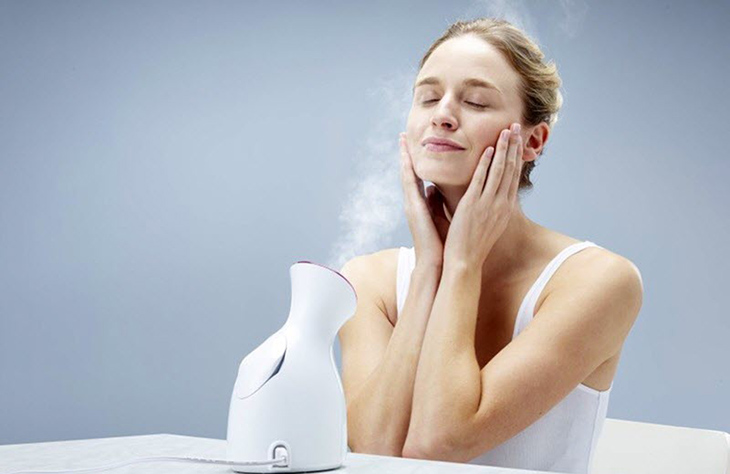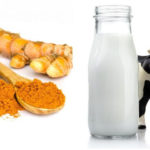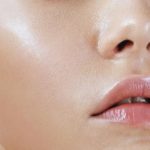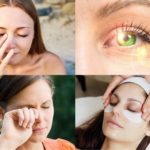What to Do for Sunburned Skin
During the summer season, the sun is at its highest intensity and appears most prominently. However, prolonged exposure to these rays can accelerate skin aging and lead to sunburn.
The most prevalent symptoms of sunburn include the skin becoming red and warm to the touch, accompanied by a burning pain and the potential development of small or large blisters. These symptoms typically manifest within hours or days after exposure to the sun.

To address this issue, we recommend drinking a glass of cold water to lower your body temperature. Following that, it is advised to apply a light gel-textured product for soothing purposes. Optimal ingredients for relieving sunburned skin include aloe vera, chamomile, cucumber, and more.
To minimize the risk of sunburn, it is advisable to apply sunscreen prior to going outdoors.

Try These At-Home Remedies for Acne
During the summertime, exposure to UV rays and intense sunlight can stimulate the excessive production of oil in the skin, leading to the clogging of pores and an increase in acne breakouts. To properly care for acne-prone skin, it is crucial to maintain its cleanliness.
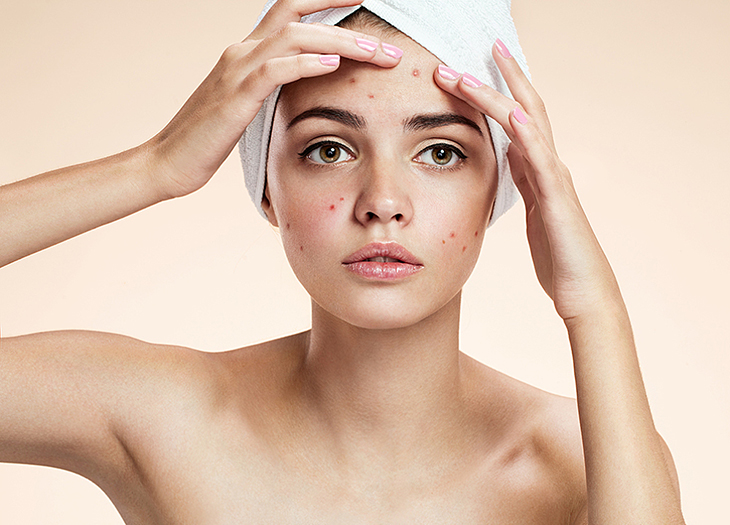
To address this issue, it is important to regulate the production of sebum and maintain a clean and clear skin. Additionally, incorporating a variety of vegetables and fruits into your diet is essential, while minimizing the consumption of spicy, hot, and greasy foods.
In addition, a variety of acne-fighting cosmetics can effectively eliminate any type of acne.
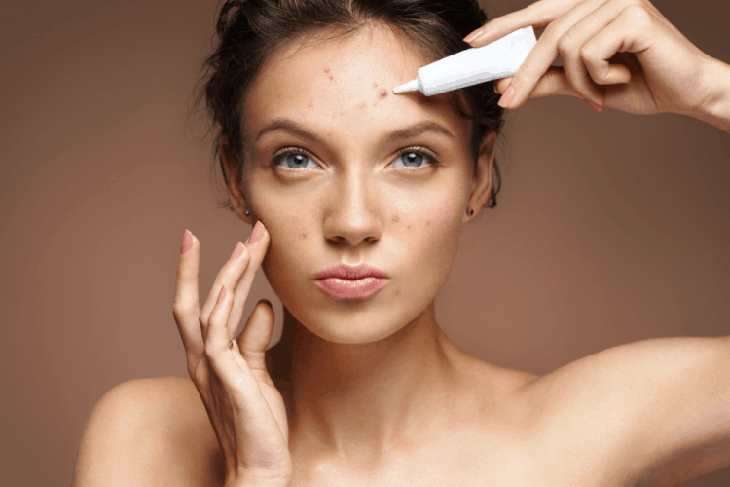
Darkening and Melasma: Beyond Just a Tan
Our skin has a natural defense mechanism called melanin that protects against ultraviolet rays. With increased sun exposure, melanin production increases, leading to darker skin and the appearance of age spots and melasma. This process strengthens the body’s protective pigments, which minimize the effects of ultraviolet rays on the skin.
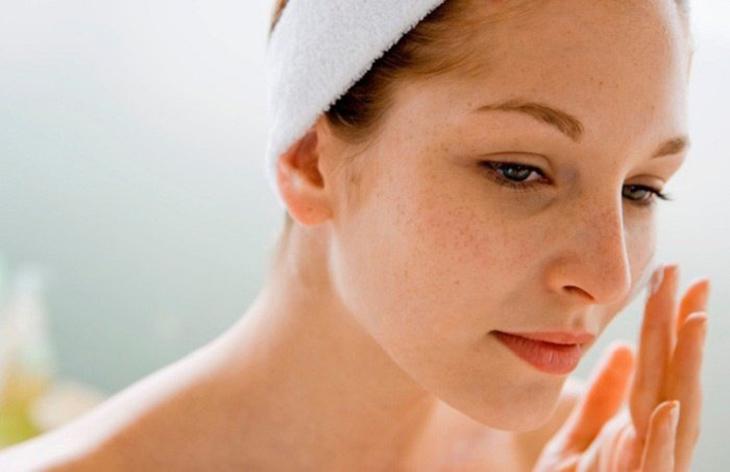
It is essential to prioritize your skin’s health and protect it from the harmful effects of the sun. To ensure adequate protection, it is important to consistently apply sunscreen with a minimum Sun Protection Factor (SPF) of 30. In addition, it is highly recommended to wear protective clothing such as a jacket, hat, and mask to shield yourself from direct sunlight.
You can effectively address and diminish melasma and dark spots by using skincare products that contain gentle exfoliating ingredients, such as alpha hydroxy acids (AHA) and beta hydroxy acids (BHA), with a concentration of less than 5%. Other beneficial ingredients include lactic acid, glycolic acid, niacinamide, vitamin C, and vitamin E.
Tackling Winter-Related Agitation of Dry, Rough Skin
Excessive heat during the summer months can result in both oily and dehydrated skin. Prolonged exposure to these conditions can lead to issues such as flaky skin, red rashes, and the development of crow’s feet and wrinkles around the eyes.

To maintain optimal skin hydration and promote a youthful appearance, it is recommended to incorporate the following practices into your skincare routine:
1. Hydrate by drinking an ample amount of water daily.
2. Consume a diverse selection of vegetables to nourish your skin from within.
3. Employ skin moisturizing treatments and products on a regular basis to safeguard against excessive moisture loss, ensuring your skin remains supple and radiant during the summer months.
Causes, Treatment and Prevention of Large Pores
Excessive heat causes the skin’s pores to enlarge, resulting in the accumulation of dirt and triggering a range of skin issues.
Currently, the most effective approach to minimize pore size involves cleansing the skin, utilizing rose water, and applying cosmetic treatments specifically formulated to address facial pore issues, like facial steaming and face masking.
